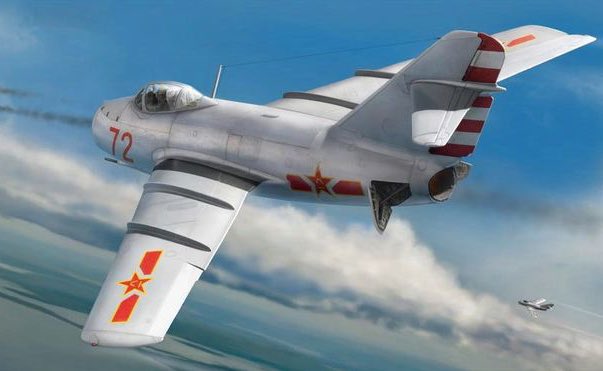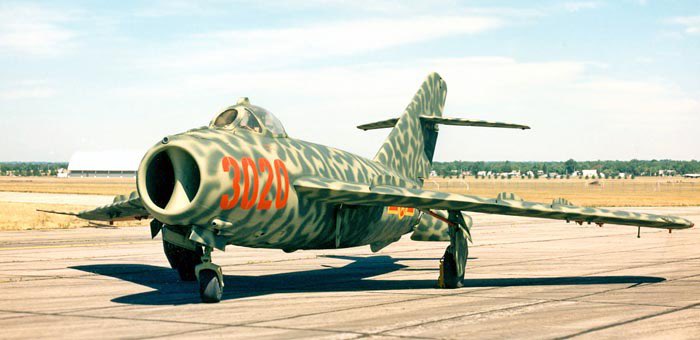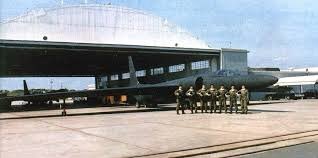Bekaa Valley Turkey Shoot
On 1982, at the outset of the Lebanon War, Israel launched Operation Mole Cricket 19 against Soviet built SAM network of the Syrian forces in Lebanon.
It became the biggest air battle in the middle east. Let me tell y’all a bit about it.
#longthread
On 1982, at the outset of the Lebanon War, Israel launched Operation Mole Cricket 19 against Soviet built SAM network of the Syrian forces in Lebanon.
It became the biggest air battle in the middle east. Let me tell y’all a bit about it.
#longthread

But first, a little bit of background.
In 1981, tensions were high between the Palestanian Arab militia groups operating in South Lebanon & Israel.
There were regular artillery duels & rocket strikes inside Israel followed by IAF conducting strikes inside Lebanon.
In 1981, tensions were high between the Palestanian Arab militia groups operating in South Lebanon & Israel.
There were regular artillery duels & rocket strikes inside Israel followed by IAF conducting strikes inside Lebanon.

In June 3rd, 1982, one of these groups supported by the Iraqi Government attempted to assassinate the Israeli Ambassador to UK in London.
In June 6, 1982, 60,000 Israeli troops launched a three prong advance into Lebanon in an effort to put an end to the cross border attacks.



In June 6, 1982, 60,000 Israeli troops launched a three prong advance into Lebanon in an effort to put an end to the cross border attacks.




The easternmost Israeli force, the largest of the three, was tasked to advance into the Bekaa Valley. Their objective was to stop Syrian reinforcements being sent.
On June 7th, Syrian forces stationed in Lebanon started directly engaging the Israeli Forces.

On June 7th, Syrian forces stationed in Lebanon started directly engaging the Israeli Forces.


At the same time, Syrians moved their SA-6 SAM batteries, T-72 tanks and ATGM teams to Bekaa Valley.
Many of Israel’s objective were in the Bekaa Valley for which IDF would need CAS.
The only issue was that the region is now covered by a dense network of advance SA-6 SAMs.



Many of Israel’s objective were in the Bekaa Valley for which IDF would need CAS.
The only issue was that the region is now covered by a dense network of advance SA-6 SAMs.




Back in 1973 Yom Kippur War, Egyptian SAMs dealt a heavy blow to Israeli Air Force.
ZSU-23-4 guns along with SA-6s, SA-7s SAM batteries shot down 53 Israeli A-4 Skyhawks & 33 F-4 Phantoms.
Until Egyptian forces came out of their AD bubble, IAF had a hard time providing CAS.



ZSU-23-4 guns along with SA-6s, SA-7s SAM batteries shot down 53 Israeli A-4 Skyhawks & 33 F-4 Phantoms.
Until Egyptian forces came out of their AD bubble, IAF had a hard time providing CAS.
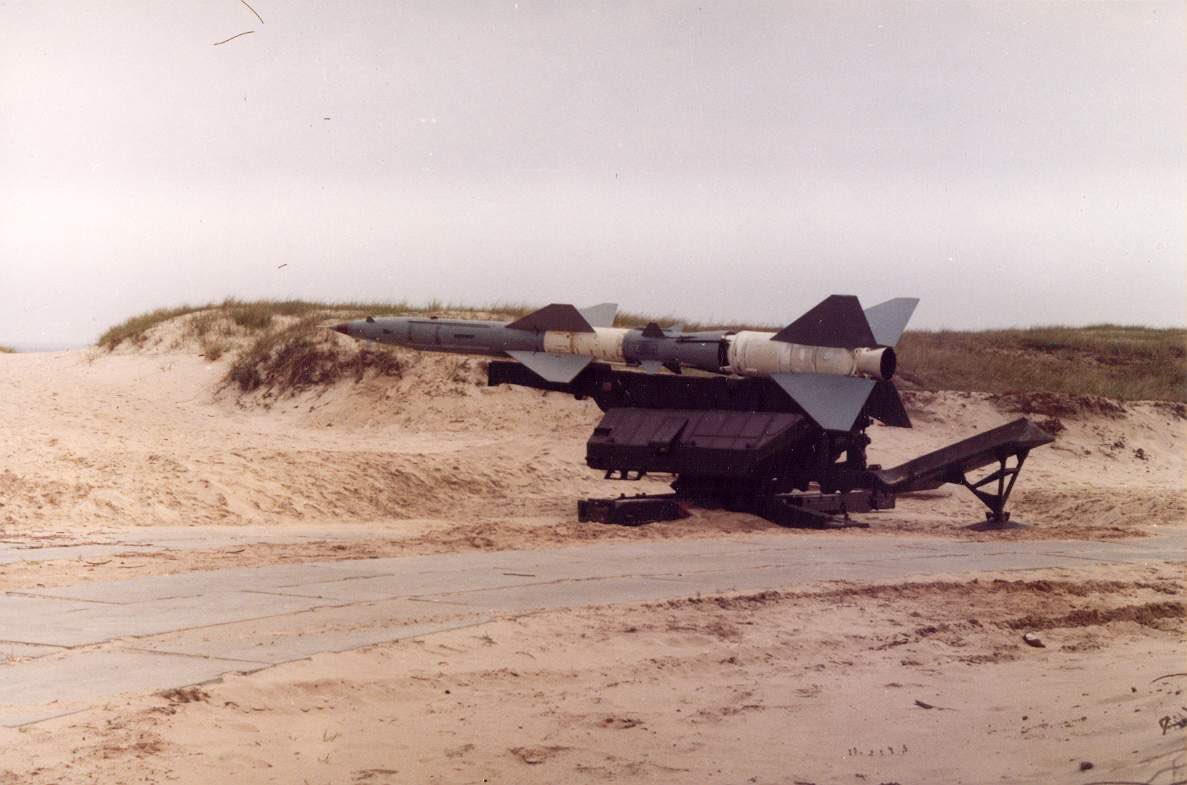



It became more important for IAF to find a solution to the SAM threat in 1981, when Syria placed SAMs in Bekaa Valley in response to IAF shooting down two Syrian Army helicopters who were engaging the Christian SLA militias- Israel’s ally in South Lebanon. 

By June 1982, Syria had managed to place a dense network of 19 SAM spread from the Golan Heights into the Bekaa Valley to prevent any Israeli penetrations.
Although this left Damascus deprived of its best AD. This move signalled that Syria has no intention for a full scale war.
Although this left Damascus deprived of its best AD. This move signalled that Syria has no intention for a full scale war.

This made Israeli planners convinced that they could strike the SAM batteries in Lebanon without drawing Syria in a wider full blown war.
On June 9th, Israeli Cabinet gave a green signal to IAF to initiate Operation Mole Cricket 19.
On June 9th, Israeli Cabinet gave a green signal to IAF to initiate Operation Mole Cricket 19.

Prior to the war, Israeli intelligence gathered data to find and exploit weaknesses in a Soviet SAM network.
As per some sources, IDF used remotely piloted vehicles or RPVs (drones) to test out radar & communication facilities of the Syrian air defence batteries.
As per some sources, IDF used remotely piloted vehicles or RPVs (drones) to test out radar & communication facilities of the Syrian air defence batteries.

The first wave consisted of 96 aircrafts made up of Israel’s F-15 and F-16s. Their job was to provide air cover for the strike force.
The second wave consisted of 92 aircrafts made up of mostly F-4 Phantoms, two E-2 Hawkeye AWACs & a Boeing 707 ECM aircraft.



The second wave consisted of 92 aircrafts made up of mostly F-4 Phantoms, two E-2 Hawkeye AWACs & a Boeing 707 ECM aircraft.




The plan for this mission was to launch these RPVs which would be launched as decoys while the Boeing 707 ECM jams Syrian communications.
Upon detecting the RPVs, SAM sites will turn on, revealing their location which was data linked from RPV to AWACs.
Upon detecting the RPVs, SAM sites will turn on, revealing their location which was data linked from RPV to AWACs.

E-2 AWACs will then forward the targeting data to the IAF’s F-4 Phantoms who took the main role in attacking the SAM.
F-4 Phantoms were armed with AGM-78 & AGM-45 anti radiation missiles.
F-4 Phantoms were armed with AGM-78 & AGM-45 anti radiation missiles.

Some of the F-16s & F-4s were also armed with GBU-15, Stand off munitions, CBU & AIM-9D sidewinders like the one in the picture which was taken right before the operation.
These are suppose to take out the rest of the site after the SAMs were eliminated.
These are suppose to take out the rest of the site after the SAMs were eliminated.

In order to have a free fire zone to shoot down any aircraft flying, Syrian command ordered its CAP to return to base.
Syrians were confident of their advance AD network and had no idea about the Israeli preparations.

Syrians were confident of their advance AD network and had no idea about the Israeli preparations.


The target consisted of a network of 19 SA-6 Gainful batteries deployed at multiple locations in the Beka’a valley, an agricultural plain in central Lebanon.
The valley is 10 miles wide by 25 miles long and is flanked on both sides by ridge lines up to 6500 ft high.
The valley is 10 miles wide by 25 miles long and is flanked on both sides by ridge lines up to 6500 ft high.
SA-6 Gainful is the NATO codename forSoviet 2K12 "Kub" mobile SAM system. It is a low to medium-level air defence system.
The battery usually includes 4 triple-missile TELs 1S91 radar vehicle & 4 trucks, each carrying 3 spare missiles and a crane.



The battery usually includes 4 triple-missile TELs 1S91 radar vehicle & 4 trucks, each carrying 3 spare missiles and a crane.




Israel launched its attack at 14:00 hours on June 9, 1982.
It commenced with RPVs launched as decoys. Syrians took the bait, activated their SAMs & even conducted massed launch of SAMs against the RPVs.
It commenced with RPVs launched as decoys. Syrians took the bait, activated their SAMs & even conducted massed launch of SAMs against the RPVs.

Once SAM activity was confirmed by the Boeing 707 ELINT, IDF strike force launched its attack.
707 jammed enemy communication while the IDF F-4 Phantoms engaged their targets using Shrike & Standard ARM.
In 10 mins, 17 out of Syrian 19 SA-6 sites lay destroyed.

707 jammed enemy communication while the IDF F-4 Phantoms engaged their targets using Shrike & Standard ARM.
In 10 mins, 17 out of Syrian 19 SA-6 sites lay destroyed.


This was followed by a strike team of F-16s and F-4 employing terrain masking techniques delivered stand off munitions, Laser guided & cluster bombs against surviving batteries, support elements like loading trucks & radar units.
Syrians fired 57 SAM missiles to no effect.
Syrians fired 57 SAM missiles to no effect.

The jamming made the SAMs ineffective. Syrians realised their mistake & scrambled a large number of MiG-21s, MiG-23s & Su-22s.
F-15 & F-16 CAPs were stationed at the west of the valley to intercept any such attempt by Syrian fighter planes to disrupt the Israeli SEAD force.



F-15 & F-16 CAPs were stationed at the west of the valley to intercept any such attempt by Syrian fighter planes to disrupt the Israeli SEAD force.




The intelligence on Syrian MiG operation was superb.
Israeli E-2C picked up the SyAAF fighters on radar as soon as they took off & relayed their positions to the CAP patrol.
Additionally, IAF started jamming SyAAF communications, severing the link between pilots & their GCI.



Israeli E-2C picked up the SyAAF fighters on radar as soon as they took off & relayed their positions to the CAP patrol.
Additionally, IAF started jamming SyAAF communications, severing the link between pilots & their GCI.
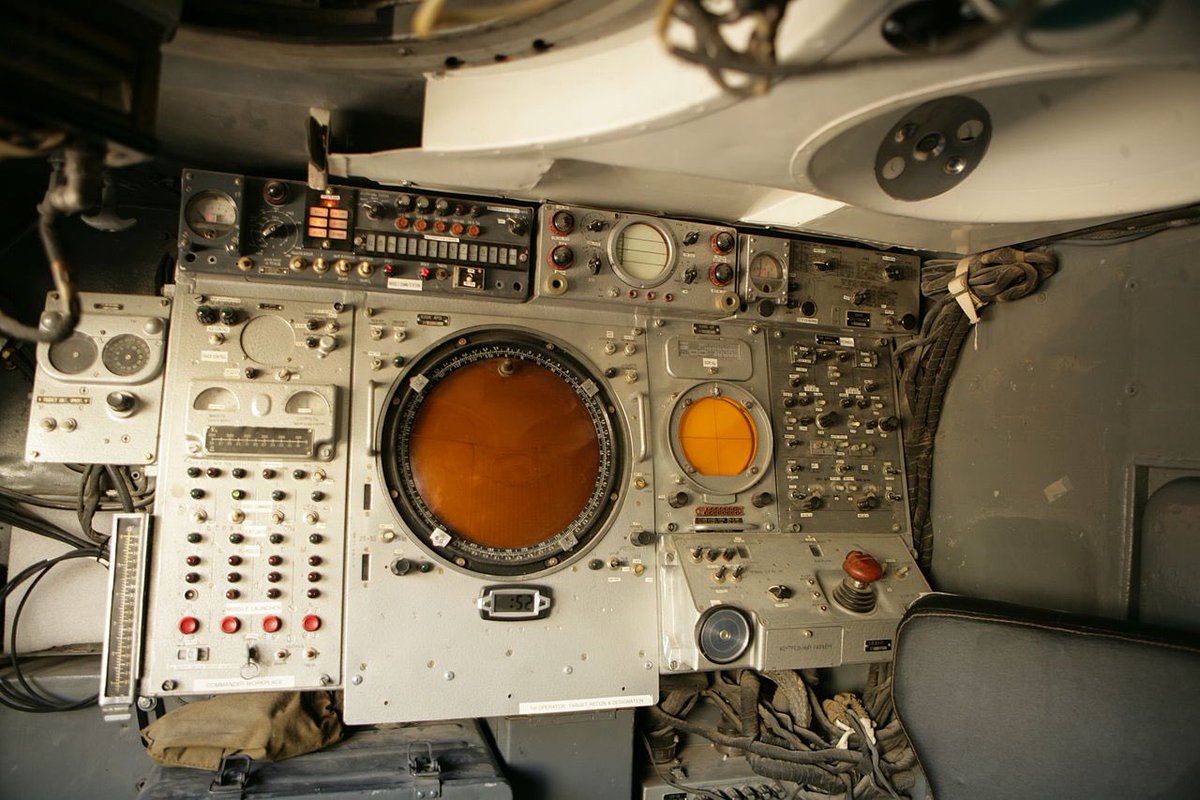

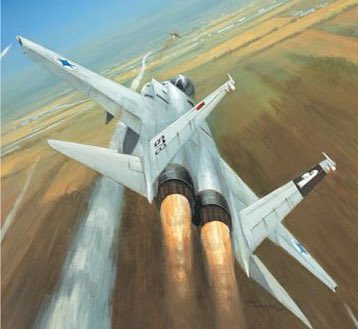
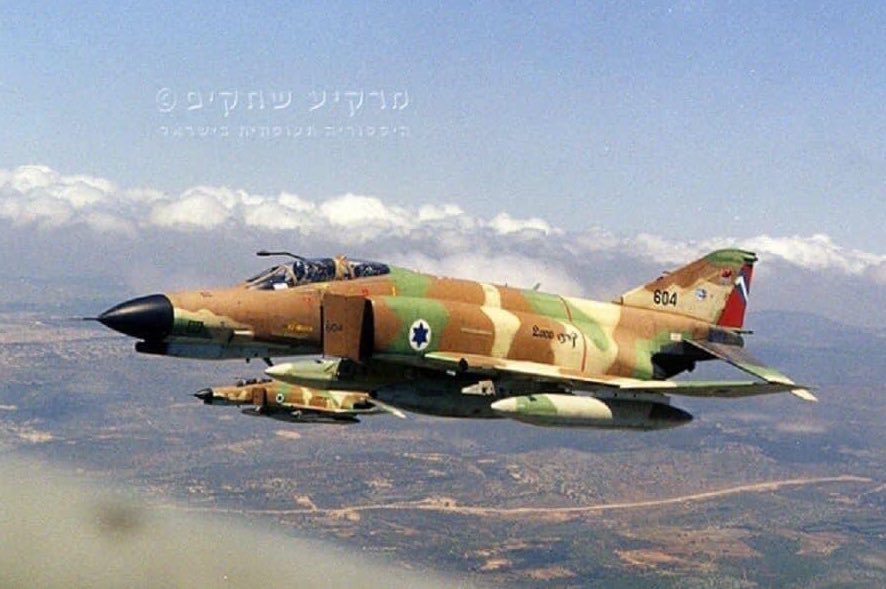
What resulted was by far the largest air battle in the history of middle east. At one point, 90 Israeli & 60 Syrian jets were airborne in the combat zone.
IAF enjoying both numerical & technological superiority shot down 87 SyAAF fighters without losing a single jet at the end.
IAF enjoying both numerical & technological superiority shot down 87 SyAAF fighters without losing a single jet at the end.

For Israel, Bekaa valley air warfare established a strong deterrent against Syrians.
Both Syria & its ally, USSR were in shock. The battle made Moscow realise the advancement of western jamming & aerial warfare tech.
IAF once again started dominating the skies in middle east.
Both Syria & its ally, USSR were in shock. The battle made Moscow realise the advancement of western jamming & aerial warfare tech.
IAF once again started dominating the skies in middle east.

There are obscurities about this op. The thread just intents to give enough background.
Here are some useful links on this topic which are my source-
airandspaceforces.com/article/0602be…
rand.org/content/dam/ra…
apps.dtic.mil/sti/pdfs/ADA19…
Israeli F-15 Eagle units in combat by Shlomo Aloni
Here are some useful links on this topic which are my source-
airandspaceforces.com/article/0602be…
rand.org/content/dam/ra…
apps.dtic.mil/sti/pdfs/ADA19…
Israeli F-15 Eagle units in combat by Shlomo Aloni

Feedback please. Thanks! :)
@Demonknight0119 @Beastthesilent1 @OjasviSikarwar @Spadex716i @Norse_Codee @Red1930327991 @BlackIAdder @inkandriya @Akif747 @desertscorp10 @romainvictaxiv @80triph @TrisonicFoxbat @MarksXman308
@Demonknight0119 @Beastthesilent1 @OjasviSikarwar @Spadex716i @Norse_Codee @Red1930327991 @BlackIAdder @inkandriya @Akif747 @desertscorp10 @romainvictaxiv @80triph @TrisonicFoxbat @MarksXman308
• • •
Missing some Tweet in this thread? You can try to
force a refresh

 Read on Twitter
Read on Twitter









